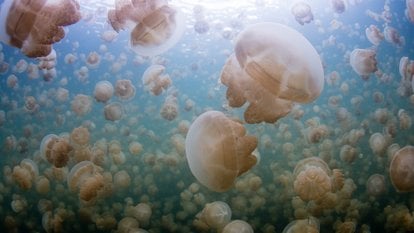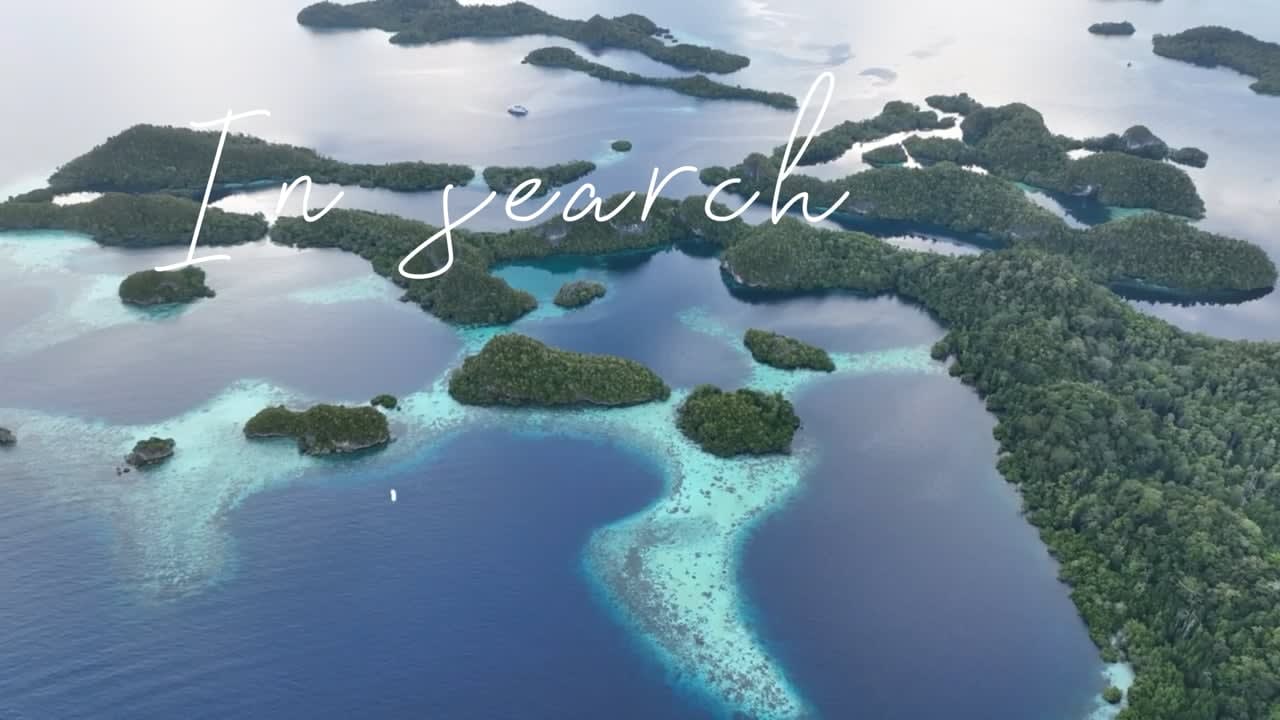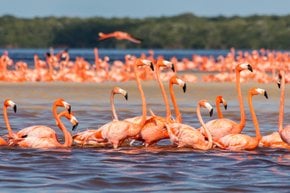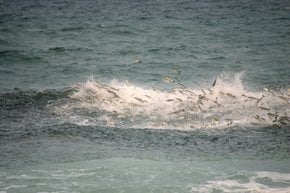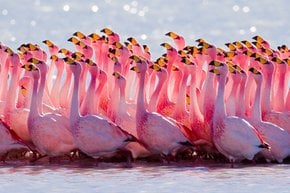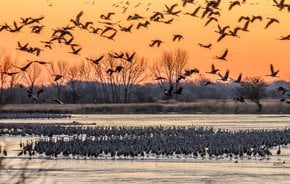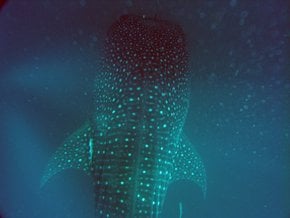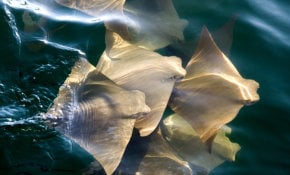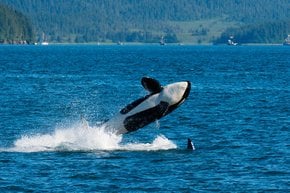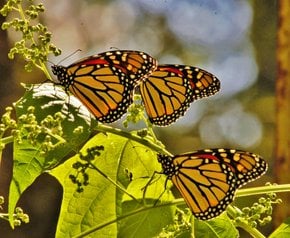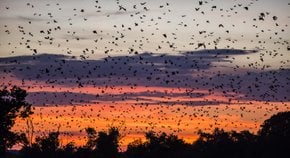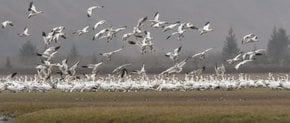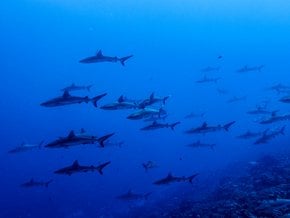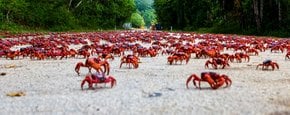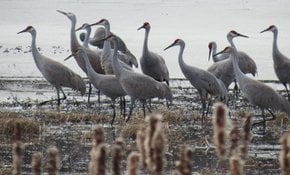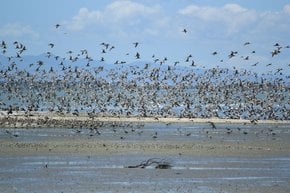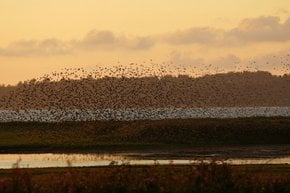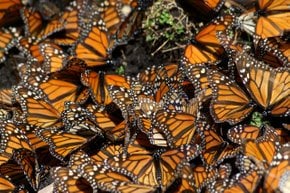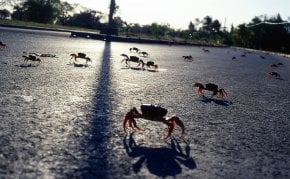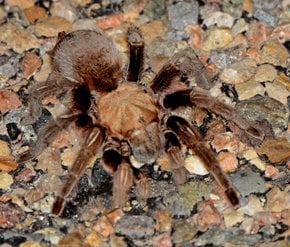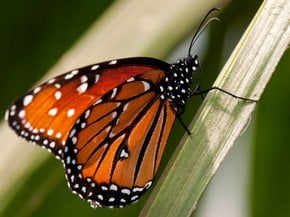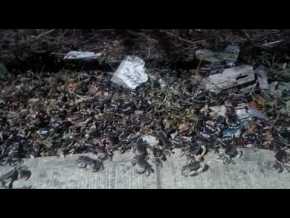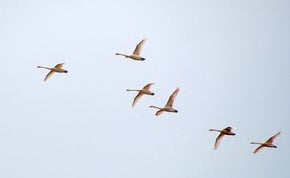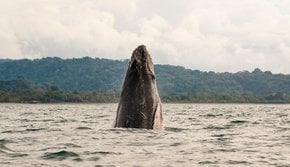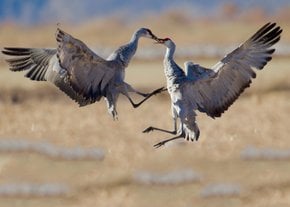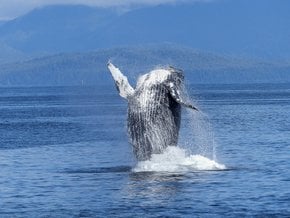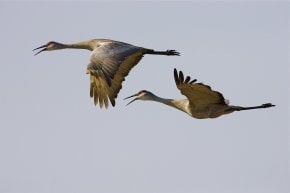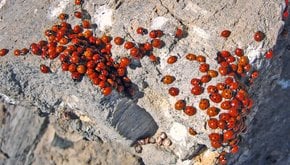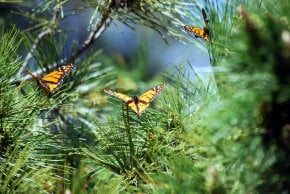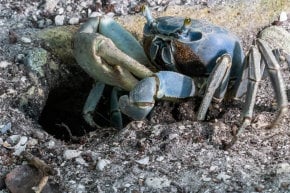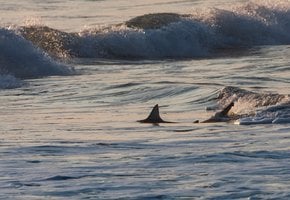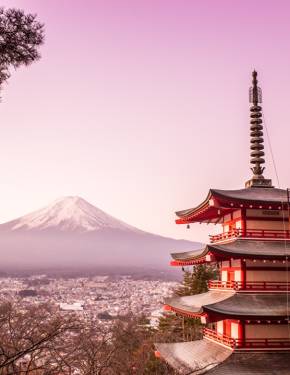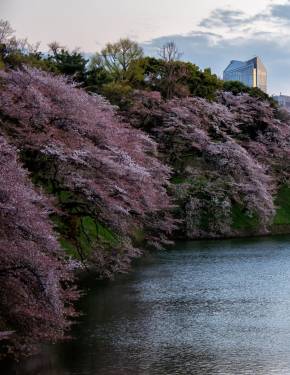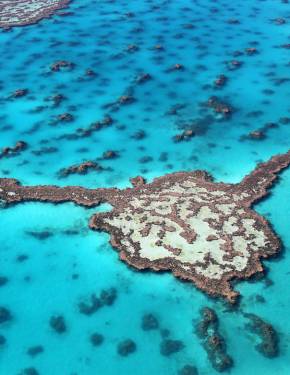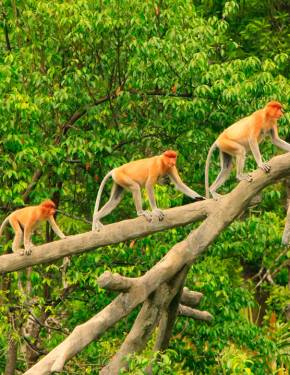Jellyfish Lake in Palau 2025-2026
Endless tentacles rubbing against your gentle skin? No worries, these are not stingy, only jelly
Best time: all year round (best time: February-April; October-December)
If a stinging jellyfish has already kissed you during your seaside holidays, the idea of diving among ten million of these creatures may not seem very appealing at all. However, the golden jellyfish residing in Palau Lake are different from those found in seas and oceans.
Golden Jellyfish Species
The species that inhabit Palau Lake are distinctly different from regular jellyfish or the types regular people are used to. Known as golden jellyfish, or Mastigias papua cf. etpisoni, the species has strong relations to a spotted jellyfish. While spotted jellyfish have spots on their exumbrella and an additional organism part attached to their oral arms, golden jellyfish have none of these characteristics. Instead, they're known for being endemic to the lake. They can only use their stinging cells for tiny organisms like plankton.
Although it may look like jellyfish are just passively drifting, they constantly migrate across the lake following sun rays. This movement is crucial to them because the sunlight sustains their life, the zooxanthellae organisms, which act as an energy source for golden jellyfish. Those symbiotic algae need sunlight to produce energy, which results in food for the jellyfish.
Jellyfish Season & Best Time to Visit
Jellyfish can be found in the lake year-round since they start the migration across the waters every morning. To enjoy your experience in Palau to the fullest, consider coming from February through April and from October through December during the dry season. During the rest of the year, Palau is prone to wet weather, including strong storms and typhoons, which cause devastating damage to the local infrastructure.
How Golden Jellyfish Migrate in the Lake
Right before the sun rises, jellyfish flock together near the western side of the lake, preparing for their daily migration. Around 6 am, when the first sun rays hit the water, a million jellyfish set off on their everyday journey and gradually moved from the western side of the lake to the center. This process spans until approximately 9:30 am. By midday, they can be seen near the eastern shore.
However, these remarkable creatures stay just far enough from the shaded areas near the shore, a habitat of anemones known for attacking jellyfish. In the afternoon, when the sun starts slowly setting, golden jellyfish make a similar journey back to the western shore. During the night, jellyfish move vertically through the water, between the surface and the lower levels.
Swimming with Golden Jellyfish
The sight you will see while diving in Palau Jellyfish Lake is well worth spending time and money on a trip to these remote Pacific islands. The experience is included in many tours to Palau and can be booked at the local operators. Palau Dive Adventures offers diving packages from $250 and up to $2,684. The more expensive options also include accommodation costs and numerous diving opportunities. Oceanic Society also provides trips to Palau in November and February, the cost of which vary around $4,150. Local tours to the lake are also available and they cost around $100-200. Permit to enter the Rock Islands or the lake is also required.
Tips for Swimming with Jellyfish
While snorkeling in the Jellyfish Lake, it's important to remember that this place is the home to these creatures and needs to be treasured. Visitors are recommended to wear reef-safe sunscreen and cosmetic products, meaning no presence of oxybenzone and octinoxate in their formulations. It's also encouraged to refrain from touching the jellyfish. The jellyfish don't use their stingers on humans, so you don't need to wear a wetsuit to protect yourself.
Location
Jellyfish Lake is situated on Eil Malk island, also known as Mecherchar. The island belongs to the Mecherchar archipelago. It's situated approximately 14 miles (23 km) from Koror, which is the main commercial center of Palau. The Eil Malk island can be reached by a 45-minute boat ride from Koror. Other than the jellyfish in the lake, Palau is home to stunning landscapes and diverse marine life. While in Palau, consider exploring nearby coral reefs or hiking in Palau's lush forests.

